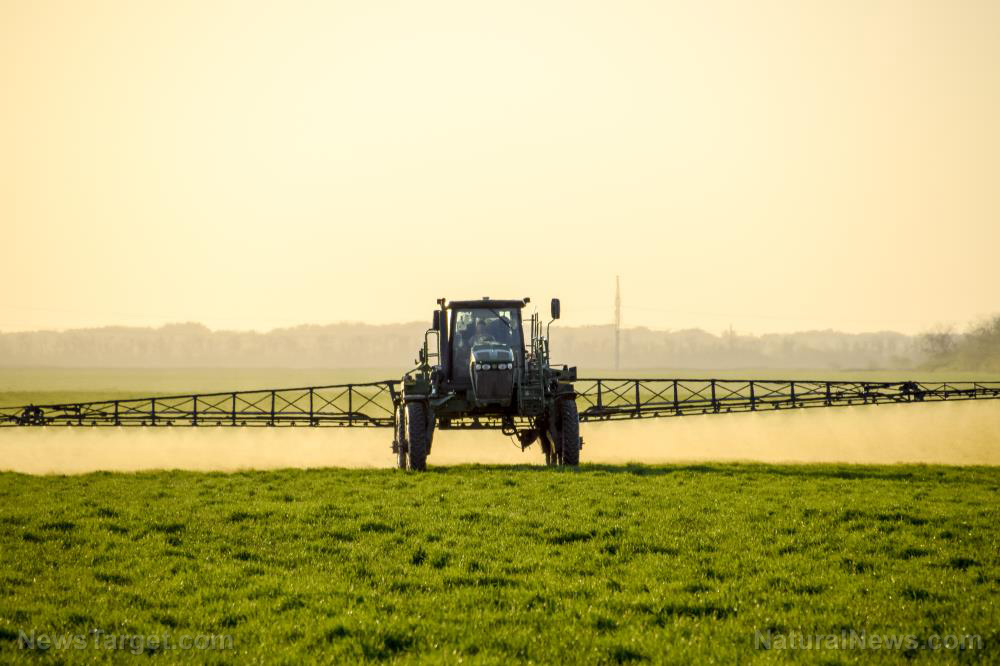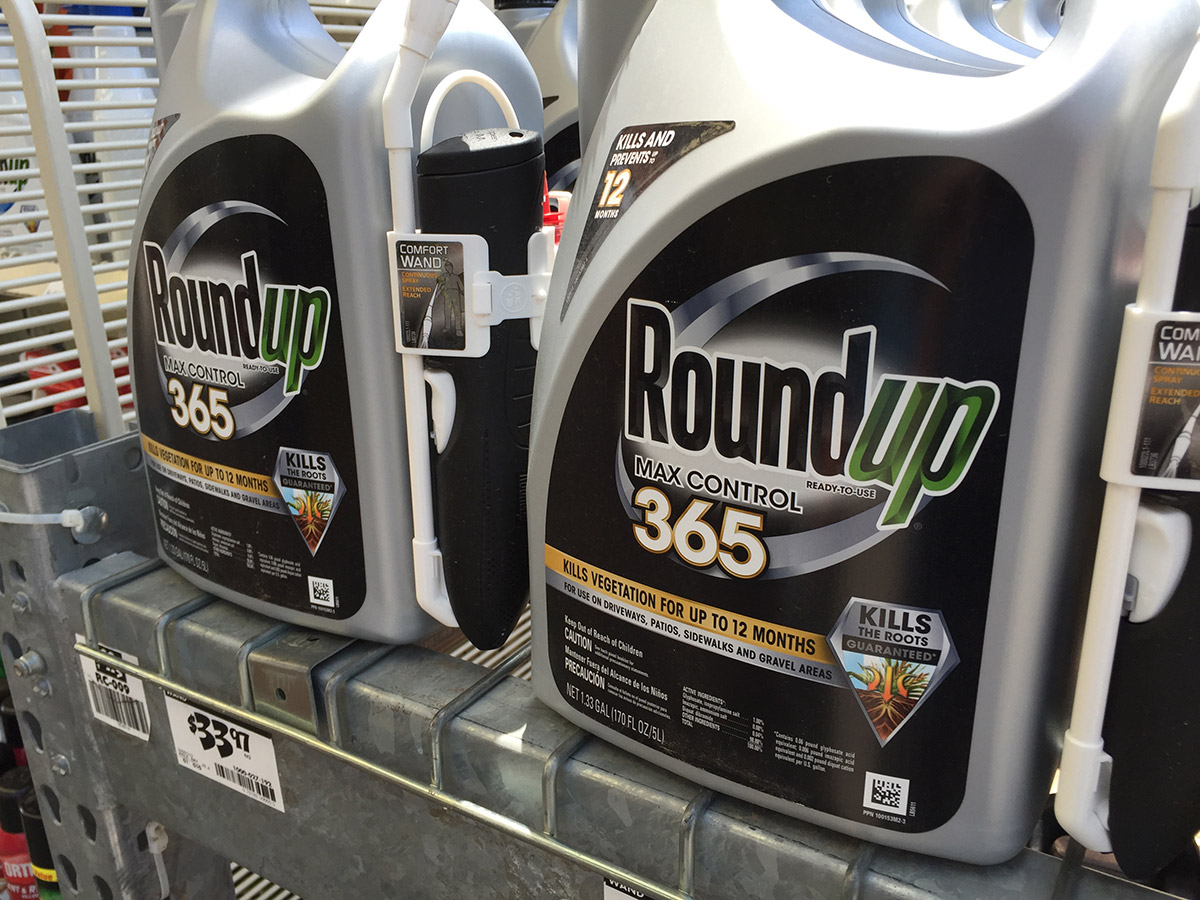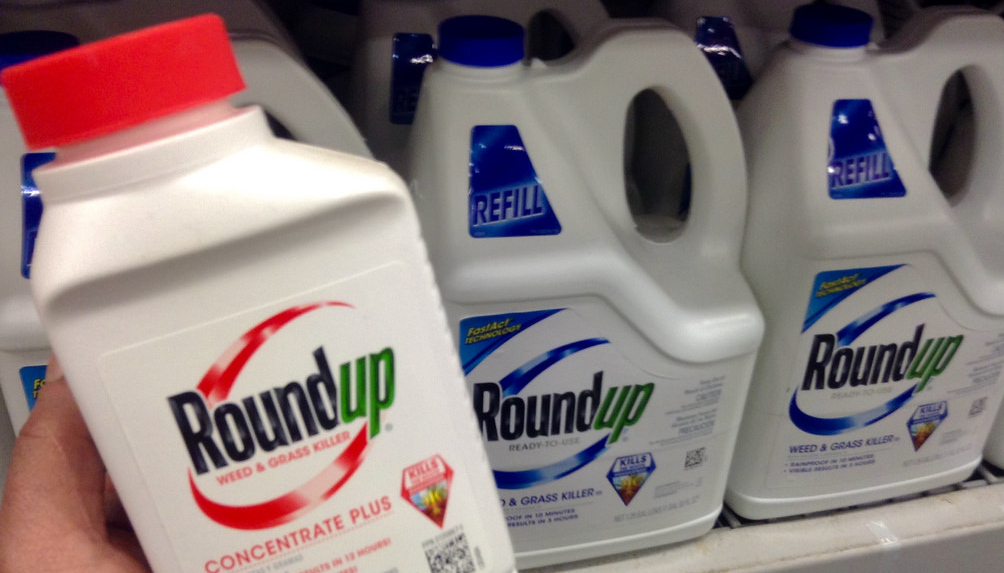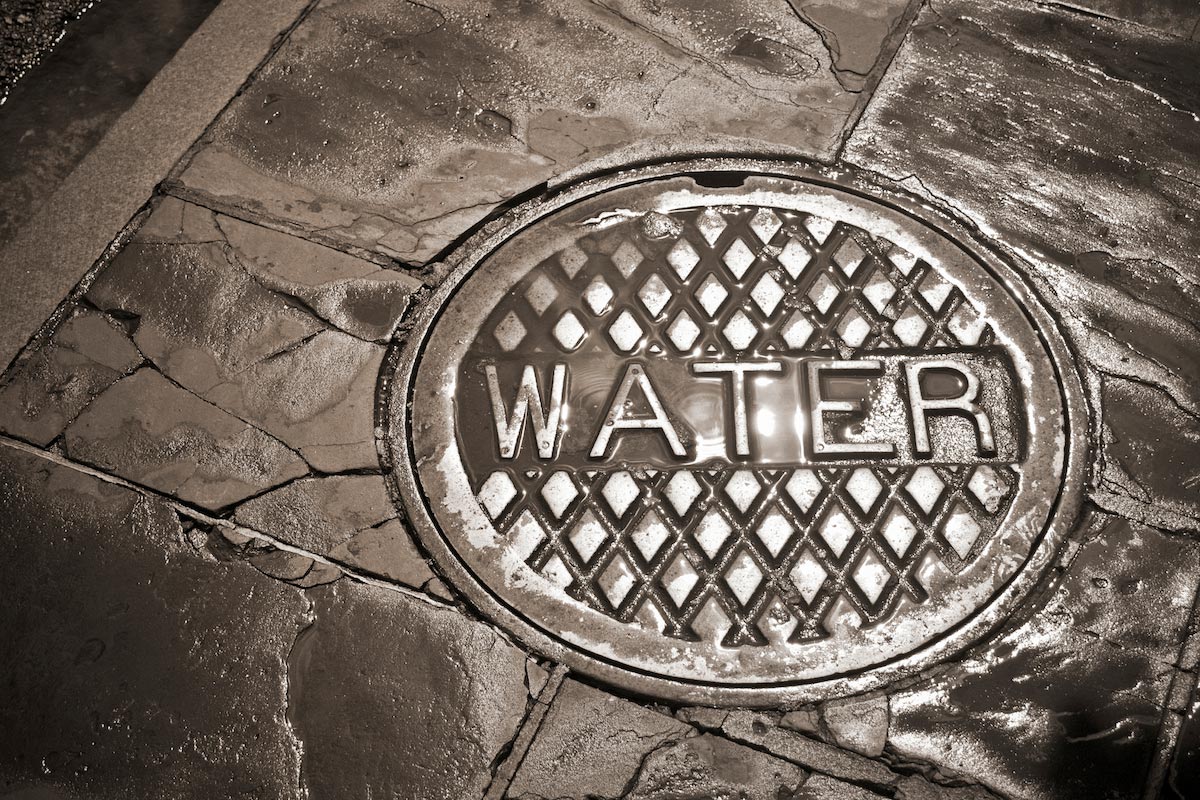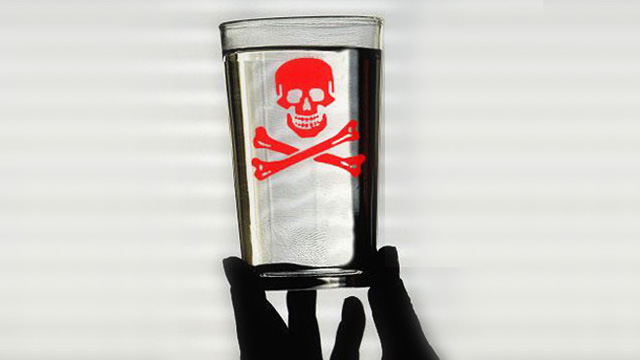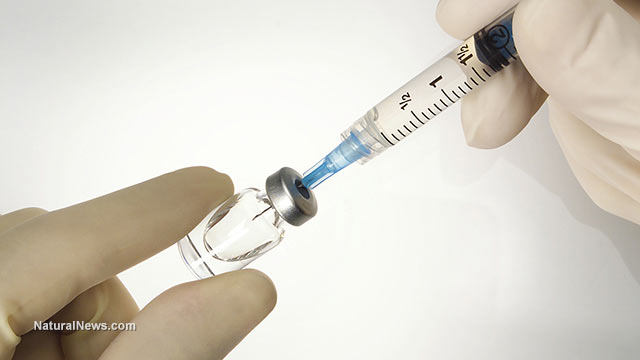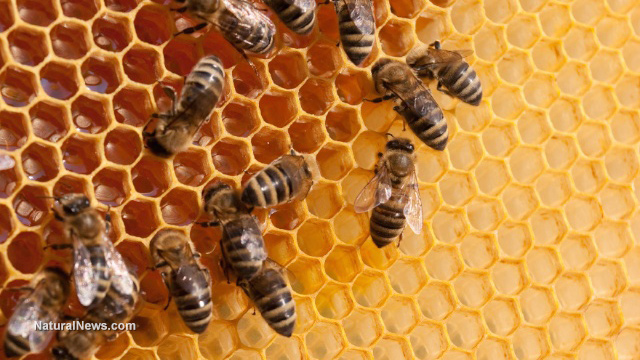Do you really know what you’re sleeping on? Conventional mattresses contain toxins that could harm your health
05/08/2018 / By Heather Nelson

Like most people, when shopping for a new mattress, you likely did a lot of research before buying. Perhaps you went to a few stores and flopped around on a mattress or two. Asked your family, friends, and co-workers which brands were best. Looked over a few online reviews. So in your mind, you made the best purchase.
But, did you consider hidden dangers?
If you didn’t consider the level of toxins in the mattress you bought, you may have made a poor choice. That’s because it might be emitting chemical fumes. Yes, that’s right — your mattress could be poisoning you.
Especially if the mattress in question is a crib mattress.
What’s in there
A 2014 study performed by team of environmental engineers at The University of Texas, found that crib mattresses contain, on average, over 30 toxic chemicals. Fumes are emitted from the VOCs (‘volatile organic compounds’) within them; about four times more than their older counterparts do. That means that when it comes to modern crib mattresses, newer models are not better models.
The study looked at over 20 mattress samples from 10 different, popular manufacturers. This covered common purchases offered to a wide range of consumers.
And, when it comes to those toxins identified in the study, some were worse than others. The worst offenders were phenol, neodecanoic acid, and linalool. Also found was limonene, a chemical that gives off a lemony sent.
None of these chemicals are ever considered to be ‘harmless.’ They’re just less harmful if used in small amounts. So manufacturers can get away with including them in their mattresses.
More chemicals
Adult mattresses are no better. This is because even older mattresses still have toxic chemicals – just different ones than newer ones. And because manufacturers are not required by law to disclose all chemicals used in the manufacturing process, the full list of chemicals used can be hidden…without breaking the law.
Common chemicals present in mattresses manufactured today include such things as antimony and boric acid. These are both chemicals known to promote breathing problems and allergic reactions. Antimony poisoning is almost identical to arsenic poisoning, causing extreme vomiting and eventually death.
Why they’re used
Regulatory standards require manufacturers to include these toxins to repel fire. This is due to the fact that people have caused house fires in years past by smoking cigarettes in bed. Unfortunately, these same standards also govern crib mattresses, despite the fact that infants well…do not smoke in their cribs.
Other chemicals are used to hold mattresses materials together or to promote longevity. This helps mattresses resist compression, retain “bounce,” and wear out less over time from consumers resting on them.
Solution
Organic latex mattresses are a better choice. Not many consumers even realize they have this option, though.
Two standard certifications for organic latex mattresses exist: the ‘Global Organic Textile Standard (GOTS)‘ and the ‘Global Organic Latex Standard (GOLS).’ Both of these standards should be present for the mattress to be guaranteed as fully non-toxic. Manufacturers are required to meet a strict set of production requirements before any mattress receives these certifications.
Only two materials are allowed: certified organic cotton and organic latex that’s been tapped from rubber trees. Nothing more.
Where to buy
You won’t find brands meeting GOTS and GOLS standards in your typical retail mattress store. There are two well-known manufacturers that sell certified non-toxic mattresses online, though: Astrabeds and My Green Mattress.
For more ways to live toxin-free, visit Detox.News.
Sources include:
Consumer Product Safety Commission
Tagged Under: carcinogens, dangerous chemicals, disease causes, green living, hidden toxins, mattresses, Organic, research, sleep, sleep better, toxins


